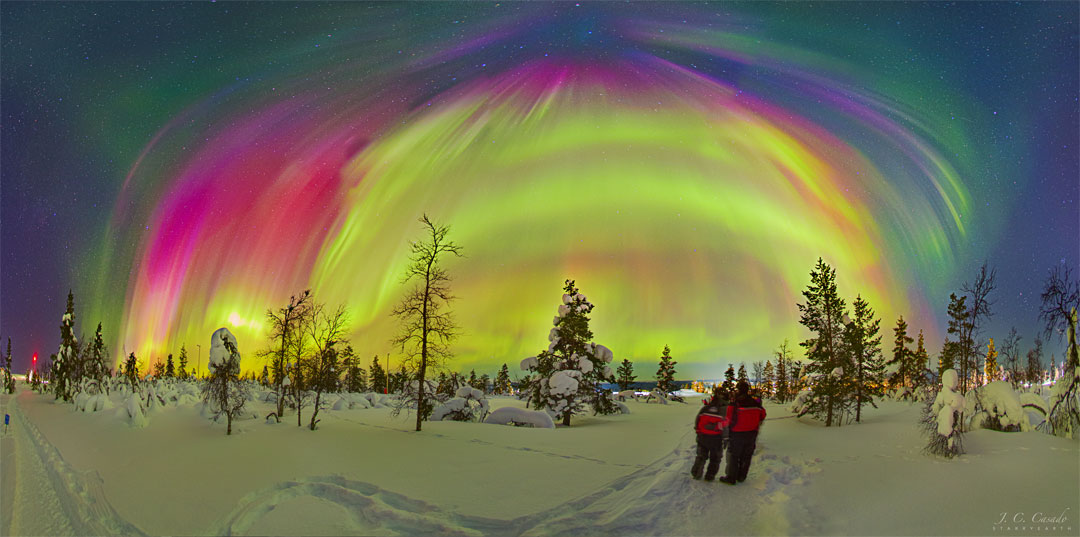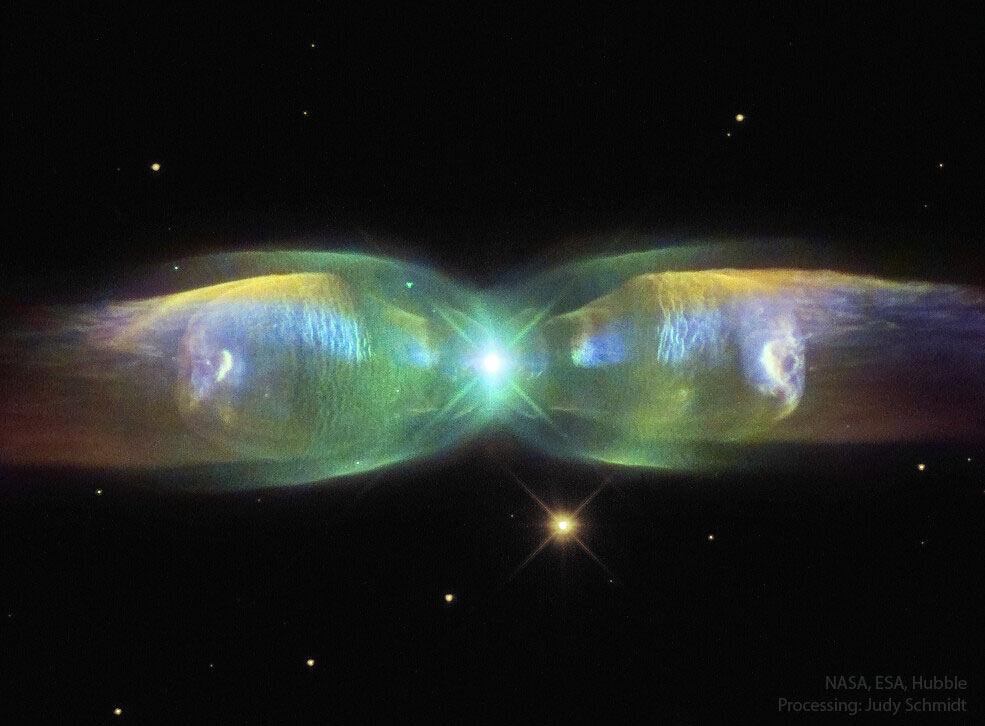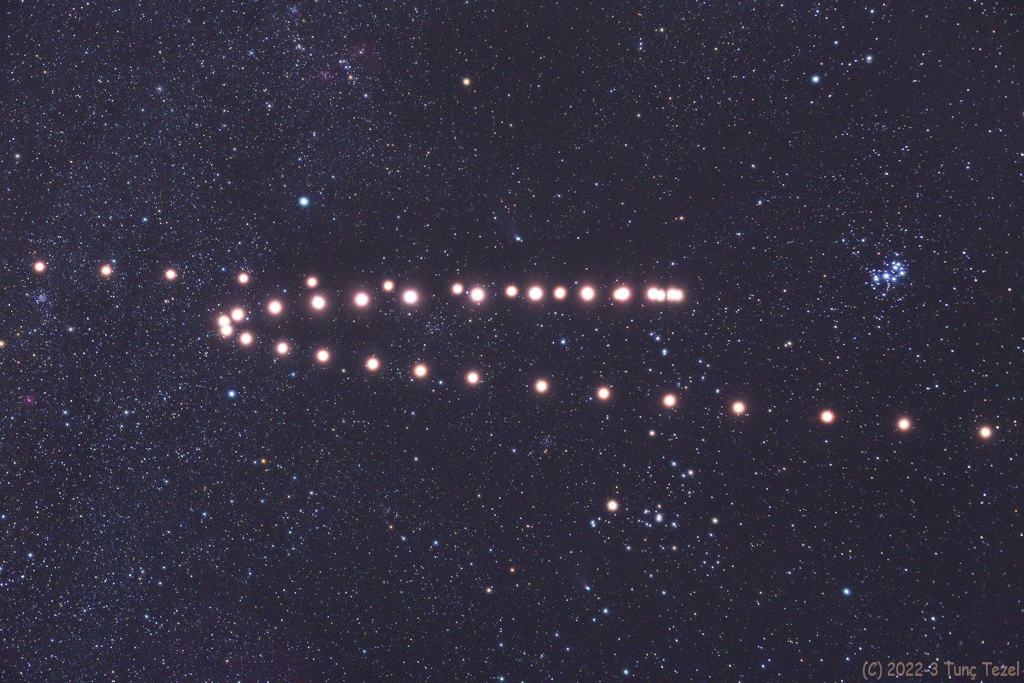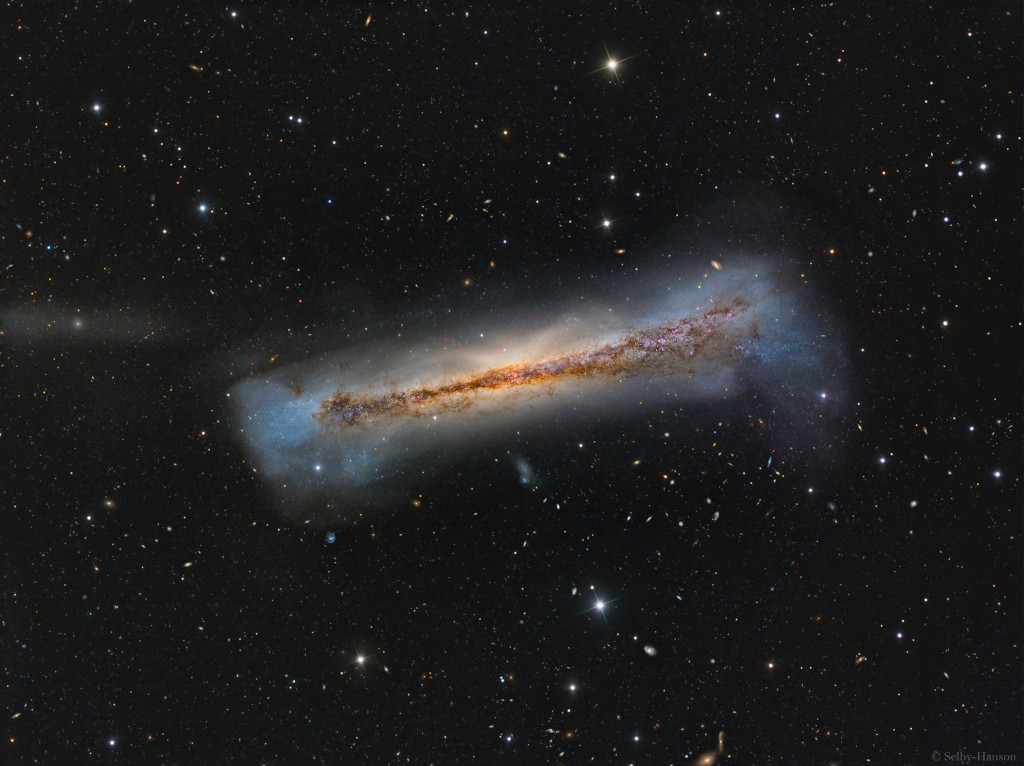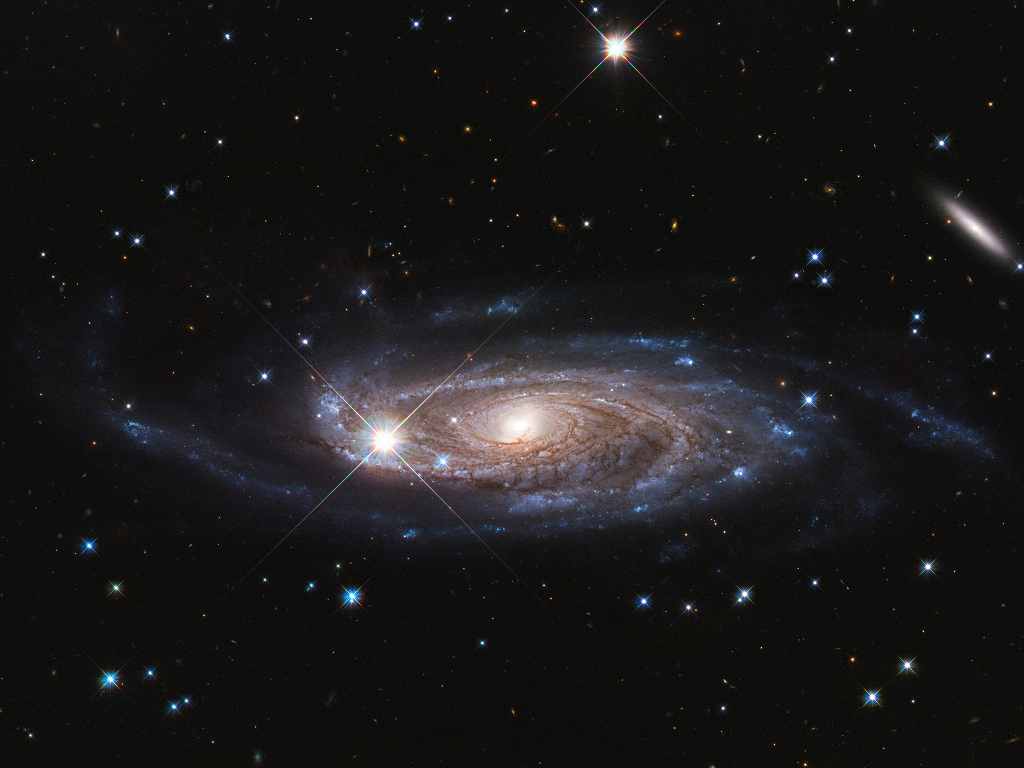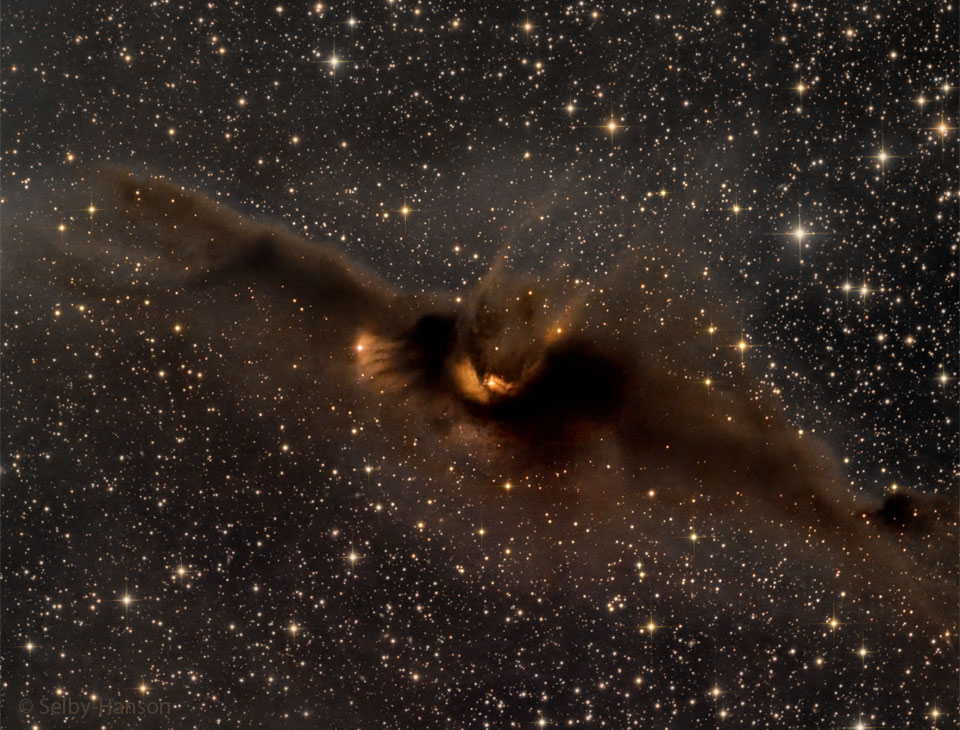Avec le Messerschmitt Bf 109, le Supermarine Spitfire est l'autre avion de chasse légendaire à s'être illustré durant la seconde guerre mondiale. C'est notamment grâce à lui que la Royal Air Force britannique a pu remporter la célèbre bataille d'Angleterre.
Ce monoplan à ailes elliptiques se caractérise par son profil très aérodynamique qui lui permettait d'atteindre les 650 km/h grâce à son moteur Rolls-Royce. Le Supermarine Spitfire fut produit à plus de 20.300 exemplaires, avec des déclinaisonsutilisées par plusieurs pays, notamment l'Égypte, la France, Israël ou encore la Turquie.
© Jez, CC by-nc 2.0
FuturaSciences

